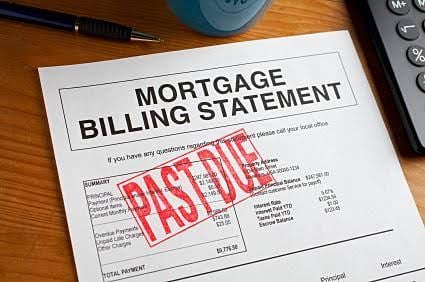Global ratings agency Standard & Poor’s has reported that recent rate moves by the major and non-major banks are behind a rise in national mortgage arrears.
The number of home loan delinquencies underlying Australian prime residential mortgage backed securities (RMBS) increased from 1.16% in March to 1.21% in April, according to a recent S&P report,
RMBS Arrears Statistics: Australia.
“Part of the increase reflects a decline in outstanding loan balances, but we believe interest-rate rises announced by different lenders during the past few months affected the Standard & Poor's Performance Index (SPIN) for Australian prime mortgages, given that most of the loans are variable-rate mortgages,” S&P analyst Erin Kitson said.
The SPIN looks at the weighted average of arrears more than 30 days past due on residential mortgages in publicly and privately rated Australian RMBS transactions and is calculated on a monthly basis.
Arrears increased in all states and territories except the ACT, NT and Tasmania. NSW, Victoria and Queensland – which account for about 80% of total loan balances – all recorded increases in arrears between March and April. The largest surges in delinquencies in this time period were as follows:
- Queensland (1.58% to 1.66%)
- New South Wales (0.85% to 0.91%)
- Western Australia (2.27% to 2.32%)
However, the number of delinquencies in NSW and Victoria remain below the weighted average SPIN for prime mortgages.
The increase in arrears was greatest amongst the regional banks with mortgage payments more than 30 days late rising from 2.02% in March to 2.27% in April. This was around 1.8 times higher than the prime SPIN, Kitson said.
“We attribute this in part to a decline in outstanding loan balances and the regional banks' greater exposure to Queensland; around half of all regional banks' outstanding loan balances are domiciled in the state.”
In comparison, non-regional banks recorded an increase in arrears from 1.10% to 1.14% between the two months while non-banks rose from 0.87% to 0.95% in the same time period. These figures remained below the SPIN.
Finally, for non-conforming loans, arrears fell from 6.17% to 5.03% between April and March, due to a backdrop of increasing loan balances.
“Interestingly, mortgage repayments more than 90 days past due made up around 41% of the total nonconforming arrears in April compared with 60% for prime arrears. The proportion has been broadly consistent in the nonconforming sector for the past 10 years, but has increased more markedly in the prime sector during the period.”
Improvements in the seasonally adjusted unemployment rate in May are credit positive for mortgage arrears, Kitson said.
“Relatively stable employment conditions in Australia have underpinned the low levels of arrears and losses in Australian RMBS transactions; loss of income is a key cause of mortgage default. Declining unemployment and positive jobs growth are fundamental to the ongoing stable collateral performance of Australian RMBS.”
Related stories:
Non-major market share almost at 35%
Moody's downgrades 12 Australian banks
Credit services providers to be hit with ASIC levy


